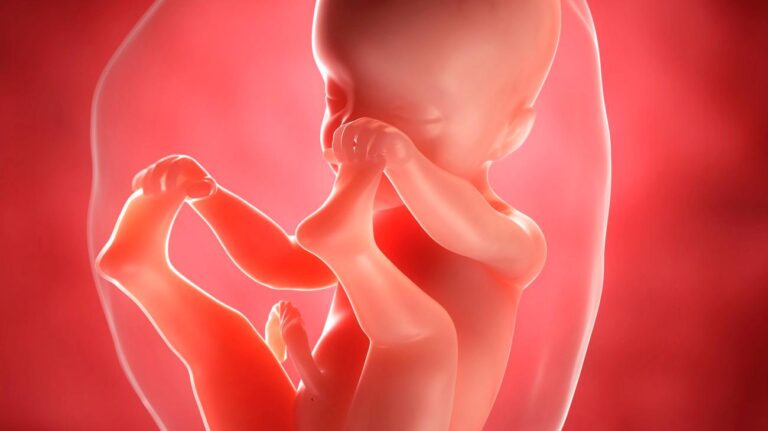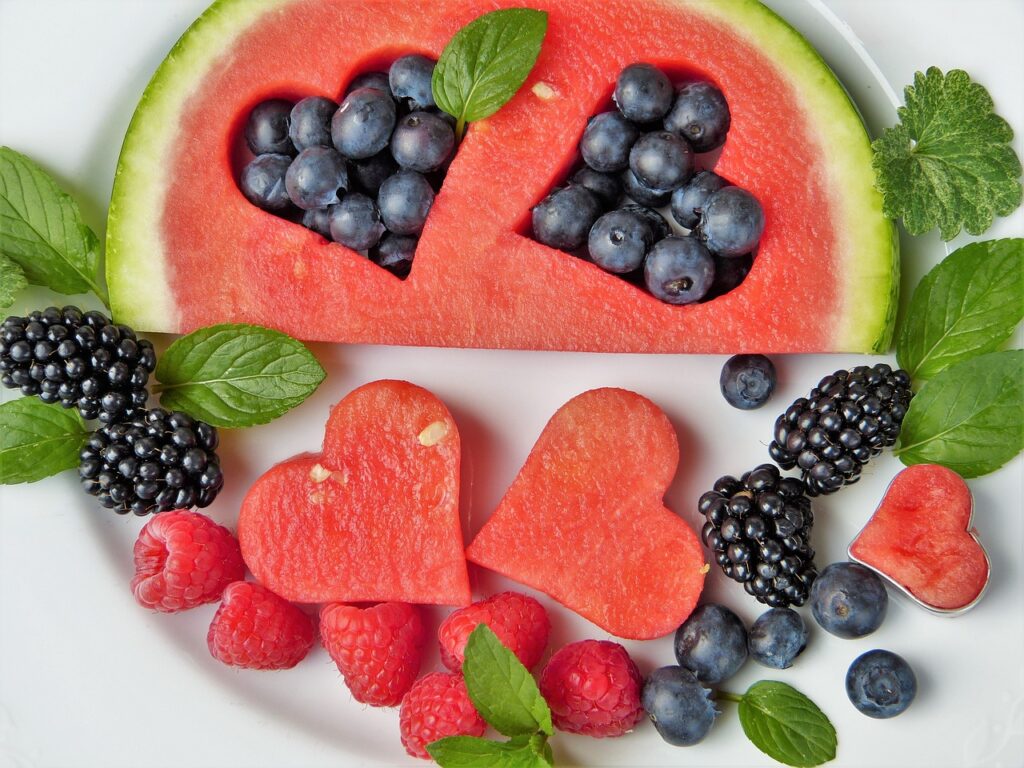25 weeks pregnant: Pregnancy Symptoms & Baby Development
Read time: 4 minutes
25 weeks pregnant is how many months?
Month 6 (Trimester 2)
Baby development at 25 week
Is your baby hiccuping or even dancing?
Pregnancy at 25 weeks
This week, we explore two kinds of pregnancy swelling.
Focus on diet
Should you really be ‘eating for two’?
Baby development at 25 weeks

What does my baby look like? And, what size is my baby?
In week 25 of pregnancy, your baby measures about 22cm long from head to bottom, and weighs roughly 700g. He or she is now about the size of a cauliflower.
With improving coordination, your baby can now make a fist and reach for their feet1. You may feel them move in response when you touch the outside of your bump – and you could even notice when your baby has a case of the hiccups.
Your baby is starting to turn pink, as capillaries form under the skin and fill with blood. Internally, their lungs are preparing to take their first breath, and they’re continuing to produce surfactant which will help support normal lung function once they’re born. Meanwhile, nerves around their mouth are developing. These will help guide your baby towards your nipple through their sense of touch in the early stages of breastfeeding
Your baby’s hearing has advanced, and they may now be able to recognise your partner’s voice. You may even notice your baby has a preference for certain types of music.
Pregnancy at 25 weeks (second trimester)
What’s happening in my body?
The umbilical cord that joins you and your baby is now thick and strong, delivering essential nutrients and oxygen to your baby, and removing waste via your own body.
You may notice some swelling in your hands, feet and face. It’s likely caused by water retention, which is normal at this stage of pregnancy. However, if you do experience any swelling, it’s important that you mention it to your midwife or doctor. It could be a sign of pre-eclampsia, a serious condition which usually strikes in the second half of pregnancy, or just after your baby is born.
Along with swelling, pre-eclampsia symptoms include splitting headaches, blurring vision or flashing lights, and pain just below your ribs. Contact your GP, midwife or call 111 if you experience any of these symptoms.
Your baby is also continuing to grow into the space where your stomach occupies. This may make you burp a lot more. It’s not all your baby’s fault though: hormones and loosening muscles also contribute to indigestion and heartburn7.
Pregnancy symptoms in week 25

Braxton-Hicks contractions
Braxton-Hicks contractions, also known as ‘false labour pains’ happen when the womb contracts and relaxes. It’s your body’s way of ‘rehearsing’ for birth and not something to worry about. Some women don’t even notice them.
Sleep issues
As your bump grows, it can make sleeping trickier. Try falling asleep on your left side as it’s better for blood flow to your baby, your uterus and kidneys9. Try to avoid lying on your back for extended periods, and think about investing in a “pregnancy” pillow to help improve your sleep.
Cramp
It usually strikes at night, so make sure you turn a light on if you stand up to help clear it. You don’t want to trip and fall. Gentle exercise for your legs, ankles and feet may help prevent cramp.
Stretch marks
As your belly grows, you may see the appearance of stretch marks on your stomach or breasts. They usually become much less noticeable after birth. Don’t waste money on ‘miracle creams’ – gently massage them with un-perfumed moisturiser or body oil.
Belly pain
You may experience pains on the side of your belly. These are caused by your expanding womb (known as ‘round ligament pains’).
Painful gums
The bad news is that your hormones make you more vulnerable to picking up gum disease. The good news is that you’re entitled to free dental care throughout your pregnancy, and for 12 months after your baby is born.
Focus on diet
On one hand, you have a baby growing into the area occupied by your stomach. On the other, you have a need to take in more calories, especially in the third trimester. The Department of Health and the National Institute for Health and Care Excellence (NICE) both recommend women should eat around 200 calories extra each day in your final trimester.
How to pack more into less space? One way is to ‘graze’. Instead of eating three large meals a day, eat five or six smaller meals so you don’t feel as full. This will reduce your instances of indigestion and heartburn too.
However, because everyone is different, your precise calorie intake will depend on your metabolism, how active you are, and if you’re carrying more than one child. We’ve created a range of delicious, balanced pregnancy recipes to help you enjoy a healthier pregnancy, and shape a healthier future for your baby.

Food: what’s in and what’s out for your final trimester
- Smaller, more frequent meals that won’t leave you feeling stuffed.
- Avoid rich, spicy and fatty foods.
- Pack lots of vitamin C, vitamin K, thiamine (vitamin B1), and fibre into your diet.
- Keep your caffeine intake low and avoid high caffeine, sugary energy drinks.
- Sitting up straight when you eat can help with digestion
THE
SCIENCE
BEHIND
EXTRA CALORIES
Powered by Nutricia
There’s a common myth that pregnant women need to ‘eat for two’. It’s not true: your baby will get all the nutrients they need from you during the first six months – without you having to increase the amount you eat.
In fact, research has shown that women who are overweight during pregnancy have an increased risk of miscarriage, and developing conditions like gestational diabetes, pre-eclampsia, and high blood pressure.
Ensure you continue to eat a healthy and well-balanced diet that will help your baby with its final growth spurt before birth.
